The Culture Of Sierra Leone
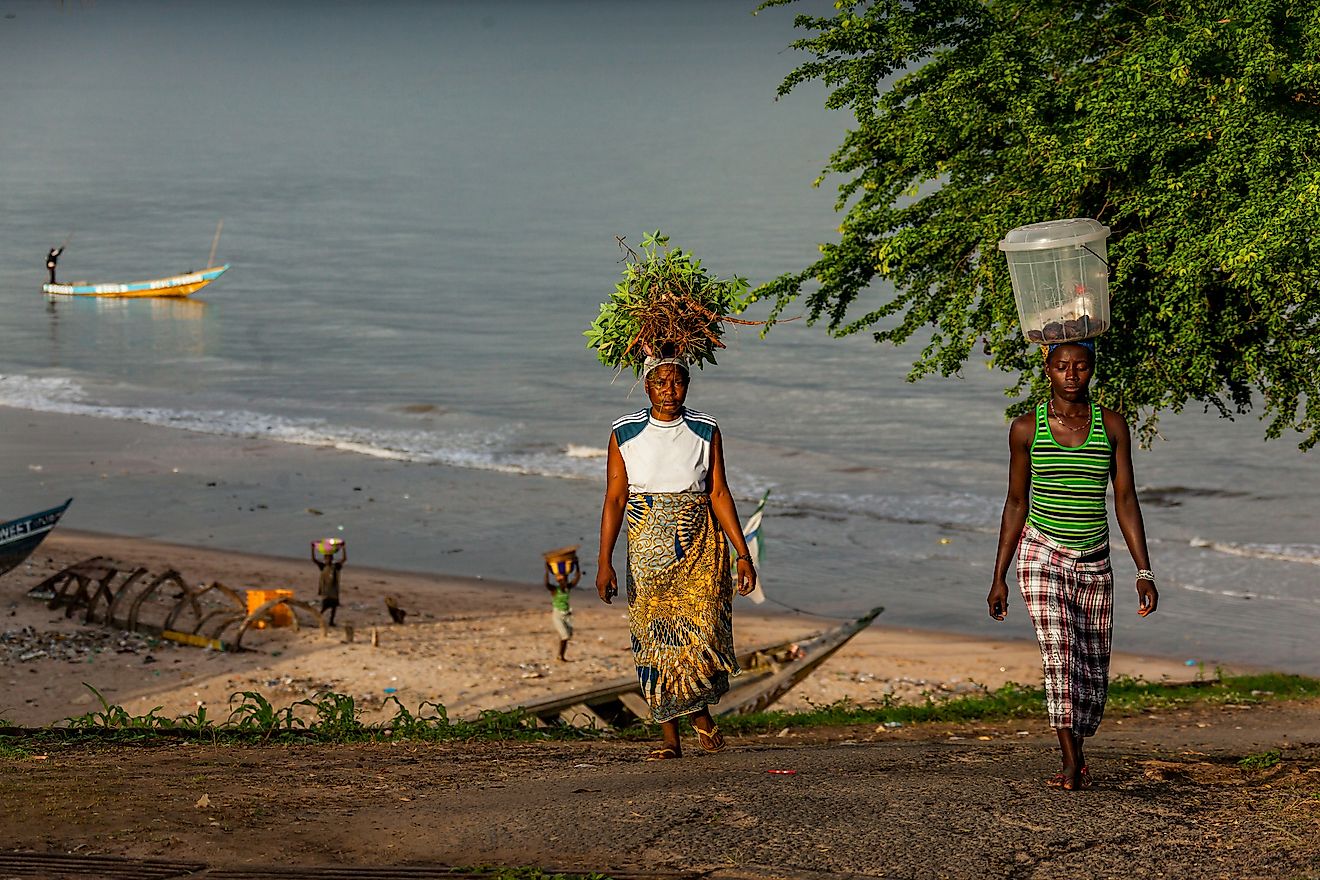
- Rice and cassava are the staples of the Sierra Leonean diet. Fufu is prepared from pounded cassava and water.
- Sierra Leone has a rich heritage of storytelling. The best storytellers in the country often manage to earn a living from their trade.
- The music of Sierra Leone reflects influences of British, French, Creole, and West Indian music styles.
- Football is the most popular sport in Sierra Leone.
- Households in Sierra Leone are usually extended with many generations living in the same complex.
The West African country of Sierra Leone is home to a great diversity of ethnic groups whose distinct cultures contribute to the richness of Sierra Leonean culture.
6. Ethnicity, Language, And Religion In Sierra Leone
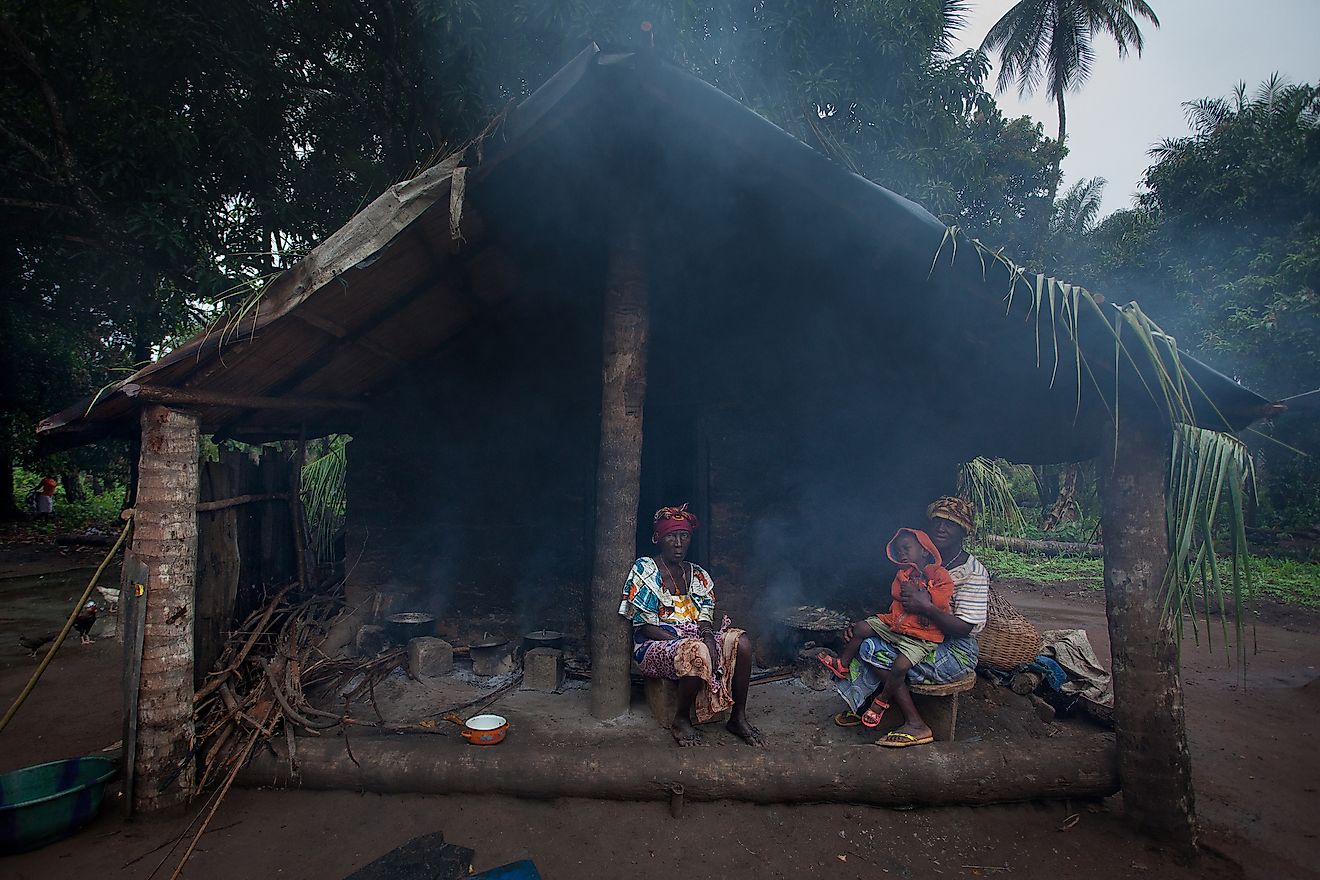
Sierra Leone hosts a population of 6,312,212 individuals. The Temne and Mende are the two largest ethnic groups residing in the country. Other ethnic communities include the Limba, Kono, Loko, Fullah, Mandingo, and others. Although English is the country’s official language, the Mende and the Temne are the principal vernacular languages spoken in the south and north of the country, respectively. Krio, an English-based Creole language is a first language for only 10% of the population but understood by nearly the entire population. Nearly 78.6% of the country’s population is represented by Muslims. Christians account for 20.8% of the population.
5. Cuisine Of Sierra Leone
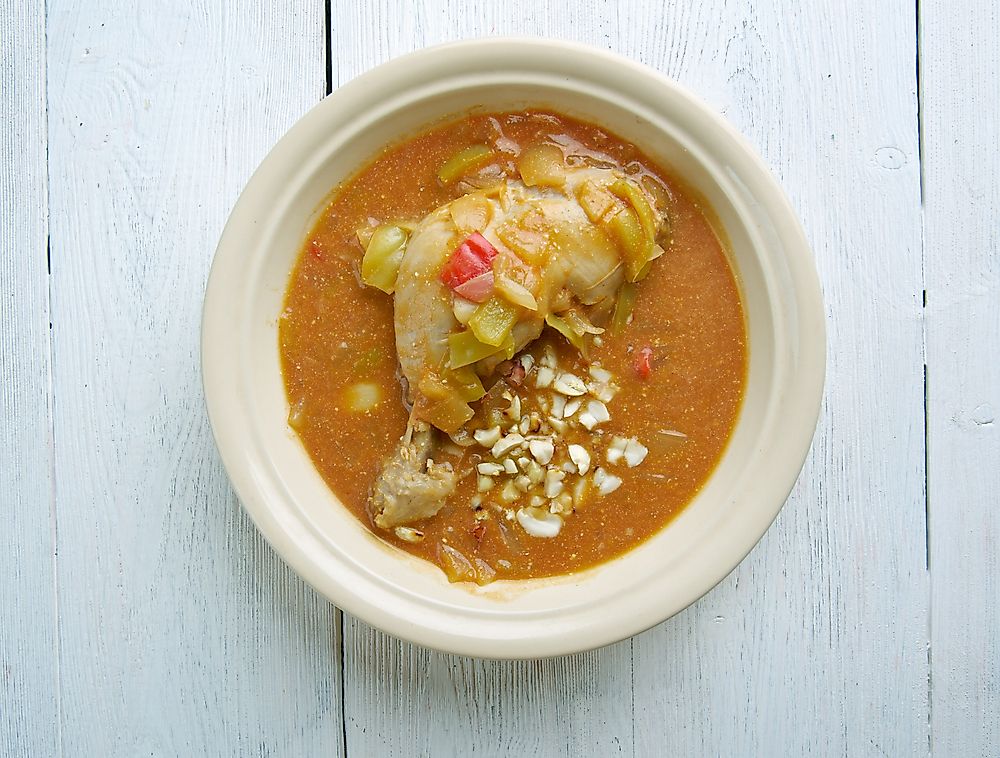
Rice and cassava are the staples of the Sierra Leonean diet. Fufu is prepared from pounded cassava and water. Yams, plantain, okra, and peanuts are also widely consumed. Beef, goats, and chickens are the preferred meats. Several types of stews like groundnut stew are an important part of the diet. A variety of fruits like mangoes, oranges, and pineapple are also eaten. Homemade ginger beer is a popular non-alcoholic beverage. Pure ginger and sugar are used to prepare it. Lime juice and cloves are added to flavor the beer. Poyo is a widely consumed alcoholic beverage made from fermented palm.
4. Literature, Art, And Craft In Sierra Leone
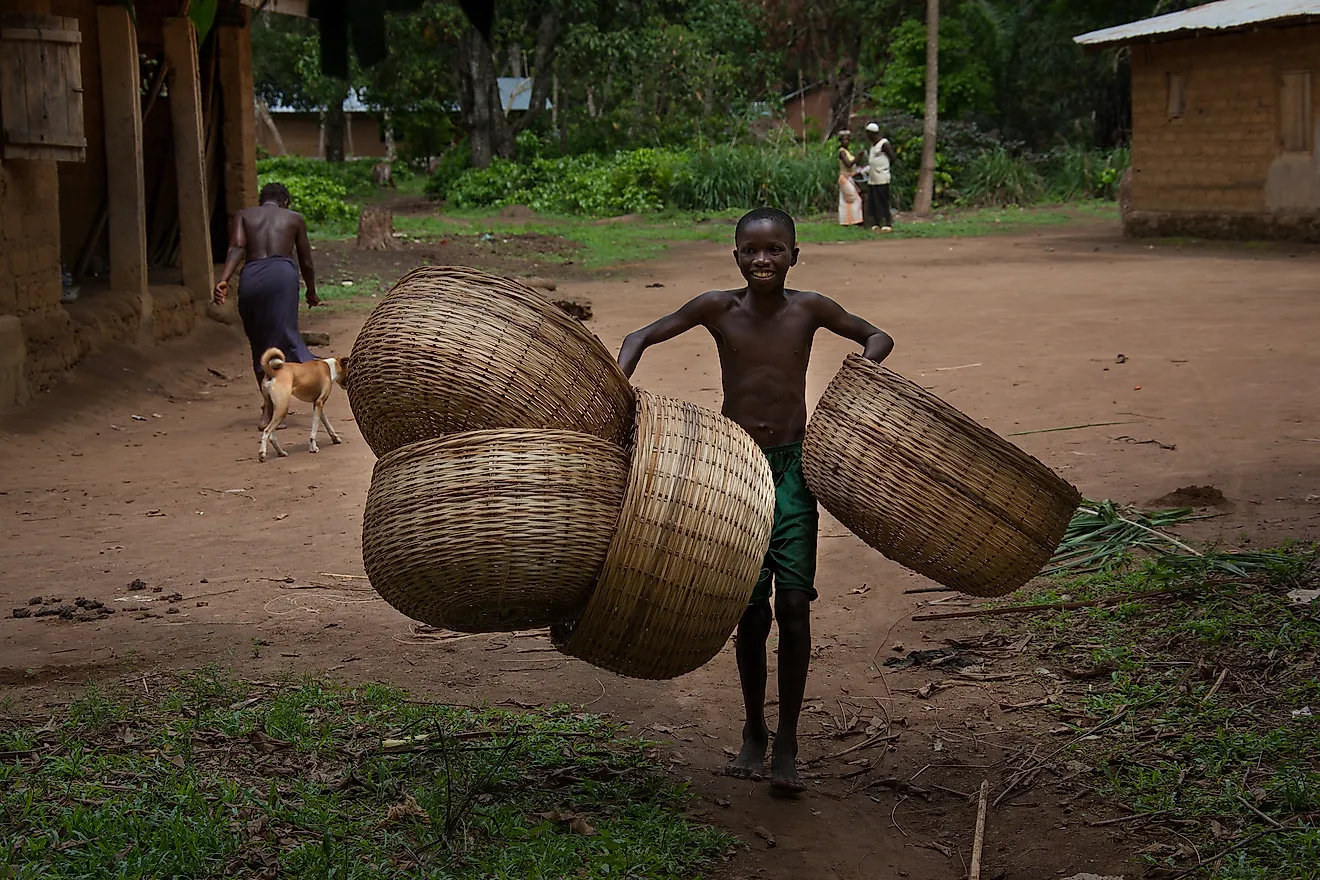
Sierra Leone has a rich heritage of storytelling. Oral literature in the form of folktales and legends, war stories, fairy tales, etc., have been passed from generation to generation via storytelling traditions. The best storytellers in the country often manage to earn a living from their trade. Written literature in Sierra Leone has a more recent history but was severely affected during the civil war that lasted from 1991 until 2002. The country has produced several writers who have gained recognition worldwide like Eustace Palmer, Karamoh Kabba, Gladys Casely Hayford, and others.
A variety of art and craft styles are prevalent in Sierra Leone. Different ethnic groups residing in the country have distinct skills in art and craft. Wood, ivory, and stone carving have been prominent for centuries in the country. Mask-making is also a major craft. Tribal masks are made for ceremonial purposes but also to cater to the tourist market. Basket weaving, batik-printing, tie-dyeing, etc., are some other crafts practiced in the country.
3. Music And Dance In Sierra Leone
The music of Sierra Leone reflects influences of British, French, Creole, and West Indian music styles. The various ethnic groups of the country have their own styles of folk music and dance. The palm-wine music of the country is known as maringa. The Creole musical genre of gumbe also had a long presence in the country. The gumbe music is played using a square drum with legs. It was introduced in the country by the Jamaican maroon settlers. Afropop, rap, reggae, Grime, R&B, and Dancehall styles of music and dance are also popular in the country, especially among the youth.
2. Sports
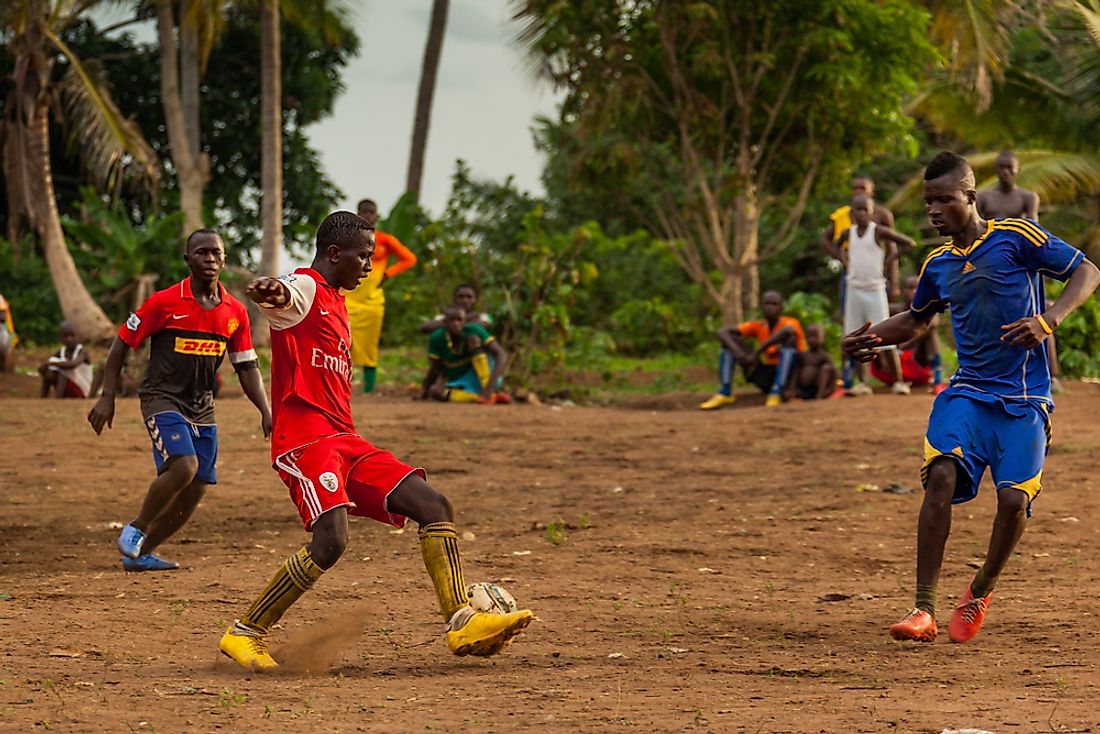
Football is the most popular sport in Sierra Leone. Other favorite games include basketball, cricket, athletics, and boxing. The country was the first from Africa to become a member of the International Floorball Federation. The national football team of Sierra Leone is called the Leone Stars. The team has participated in several international football competitions including the 1994 and 1996 African Cup of Nations. The country also has national cricket and basketball teams. In recent years, sports fishing and scuba diving have gained popularity. The opportunity of exploring historical shipwrecks in shallow sea waters is also an interesting outdoor activity. Yoga also has a significant following in the country.
1. Life In Sierra Leonean Society

Men usually enjoy a higher status in Sierra Leonean society. A larger section of women are less educated than men and earn less than their male counterparts. However, women in rural areas engage in numerous agricultural activities like planting, weeding, harvesting, gathering wood, etc. They also manage household chores and children. Men do the physically intense work like plowing the fields. Women in urban areas are more educated. They are also entering the urban workforce in greater numbers.
Although marriages in the country were earlier arranged by families, “love marriages” are now becoming more common. The custom of paying bride price is prevalent in Sierra Leonean society. A man pays the bride price in the form of money or goods in exchange for their daughter’s hand for marriage.
Households in Sierra Leone are usually extended with many generations living in the same complex. In rural areas, polygynous families are not uncommon. Often, the first wife has some authority over the other wives. Children are highly valued in society. In fact, having more children is regarded as a boon. Children grow up to participate in the labor force and thus multiply the household income. Mothers are closely associated with the infants and often carry them strapped to their backs while they engage in different tasks. Both the extended family and the community participate in the upbringing of children. Social values and gender-based roles are taught beginning at an early age.
Inheritance is usually patrilineal with sons being the favored heirs of the father’s property and other valuables. Some exceptions to the male-dominated Sierra Leonean society can be seen in the case of the coastal Sherbro peoples where women often head households or act as village chiefs. Kinship networks play a vital role in an individual’s life.
Sierra Leoneans are known for their politeness. They consider that a good host always gives preference to the visitor’s needs. In urban areas, importance is given to one’s style of presentation and neatness. Respect for elders is also an integral aspect of the Sierra Leonean culture.











